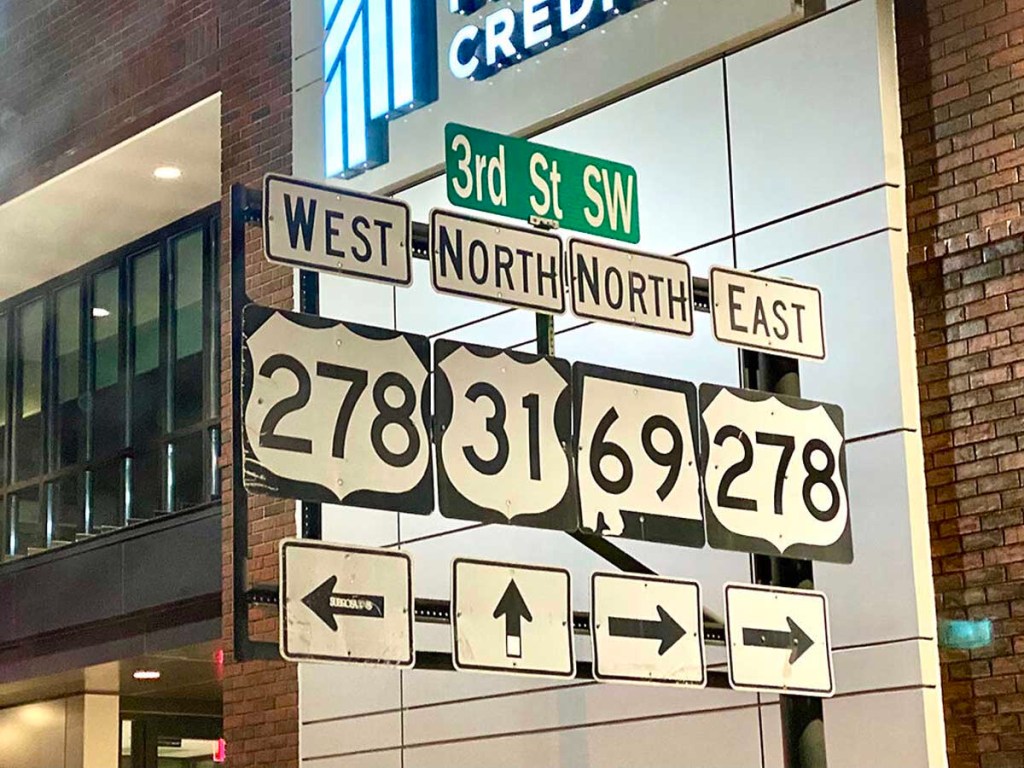City adjusts speed limits
Published 5:30 am Tuesday, January 25, 2022

- Road signs are seen at the intersection of U.S. 278 and AL 31 in Cullman Monday night.
Speed limits on state roads and U.S. Highways throughout the City of Cullman are getting a slight boost, thanks to a new ordinance that replaces the municipal guidelines that had previously been in place since the early 1970s.
At its regular meeting Monday, the Cullman City Council adopted a new speed limit and parking regulation ordinance to replace the one that had served the city since 1972. The newly-adopted ordinance, which went into effect as soon as it passed Monday, affects speed limits on the city’s two major U.S. highways (U.S. Highway 278 and U.S. Highway 31), as well as Alabama Highway 157 and Alabama Highway 69.
Most of the changes represent increases of either 5 or 10 mph above the former speed limits on highways inside the city limits. Except for a half-mile stretch of U.S. Highway 278 between 5th Avenue SW and 4th Avenue NE, no highways will retain their previous 30 mph speed limits anywhere in the city.
U.S. Highway 31 will see staggered speed limits that top out at 55 mph on the city’s northern and southern edges, decreasing in 5 mph intervals — down to a minimum of 40 mph — where Highway 31 passes through center of town. The new 40 mph stretch of U.S. Highway 31 spans from the highway’s intersection with Sheraton Road in the south to Loring Street NW/8th Street NW, approximately 2.2 miles to the north.
Alabama Highway 157 will have a speed limit of 55 mph for its entire span within the city limits, while Alabama Highway 69 will have a speed limit of 45 mph for its full in-town span from its intersection with U.S. Highway 31 to where it leaves the city limits just north of Good Hope.
The new ordinance also sets the default speed limit for all residential city streets at 25 mph, including “any street or alleys not specifically mentioned or set out” by name in the ordinance.
The city will post a copy of the new ordinance, designated Ordinance no. 2022-10, at its website. Council president Jenny Folsom said Monday that the new ordinance was adopted at the request of the Alabama Department of Transportation, which has asked that municipalities standardize their outdated traffic rules to reflect current highway conditions.


